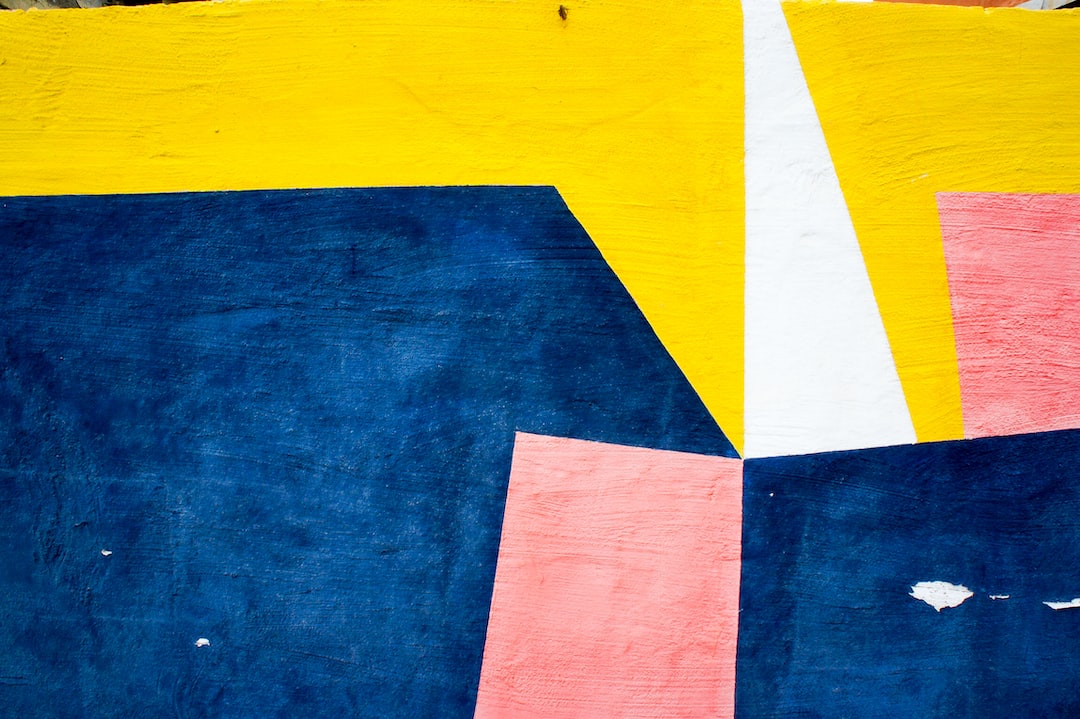Packaging has come a long way since the days of the basic paper bag. Today, packaging design has become an integral part of the consumer experience, with companies constantly seeking to achieve the perfect balance between functionality, aesthetics, and sustainability.
The evolution of packaging design can be divided into several distinct phases, each characterized by a specific trend or technological advancement. In the early days, packaging was largely utilitarian, designed to transport goods from the factory to the store without being damaged. It wasn’t until the rise of consumer culture in the mid 20th century that packaging began to be designed with the end user in mind.
During the 1950s and 60s, packaging design became more sophisticated, with companies adopting bold colors and graphic design elements to stand out on store shelves. The use of plastic also emerged, allowing for greater creativity in shape and form. Advances in printing techniques allowed for more intricate, detailed designs that became synonymous with famous brands.
In the 1970s and 80s, environmental concerns began to drive packaging design, with the introduction of recyclable materials and the push for “green” packaging becoming more common. The introduction of the barcode also revolutionized packaging, allowing for more efficient inventory management and allowing consumers to easily compare prices between products.
Fast forward to the present day, and the trend in packaging design has shifted towards a focus on minimalism and sustainability, with companies seeking to use as little material as possible while still maintaining the integrity of the product. Packaging design has become an essential part of the branding process, with companies aiming to create a consistent look and feel across all touchpoints to create a stronger connection with their customers.
One of the most notable changes in packaging design has been the response to sustainability concerns. This has led to a rise in eco-friendly materials, such as bioplastics and recycled paper and cardboard, as well as innovative new designs that reduce waste and make recycling easier for consumers. A simple example of this is the move from solid plastic bottles to those with a more collapsible design, which easily flatten down to minimise packaging bulk after use.
Another trend is in the use of augmented reality, which has transformed packaging into a platform for interactive experiences. Brands can now use their packaging to create unique digital experiences that go beyond the physical product. This has been particularly successful in industries such as cosmetics, where augmented reality enables consumers to virtually try on makeup and other products before making a purchase.
Packaging design has evolved to reflect changing consumer tastes and societal concerns, from basic functional designs to sophisticated, interactive packaging with sustainability and environmental concerns in mind. Looking ahead, packaging design’s focus on sustainability, minimalism, and innovations like AR are likely to continue to shape the industry, with new materials and techniques emerging to drive the future of design.

